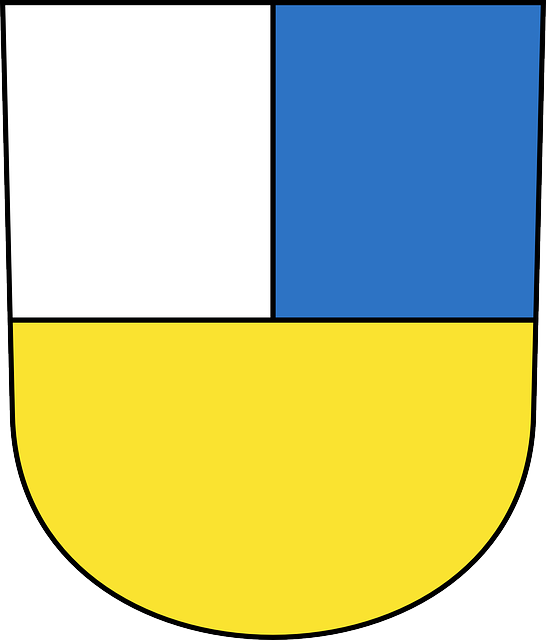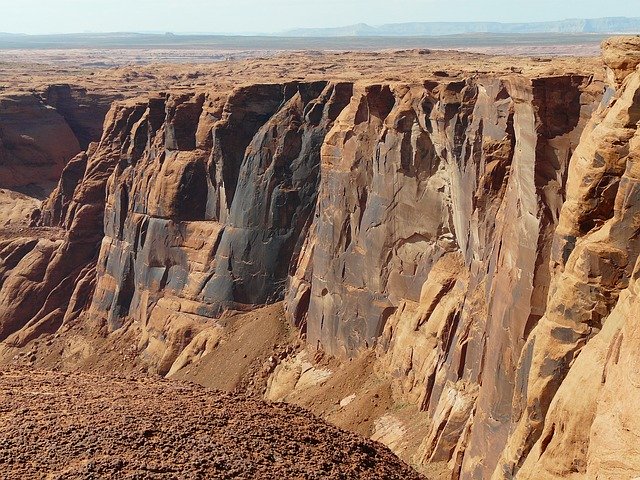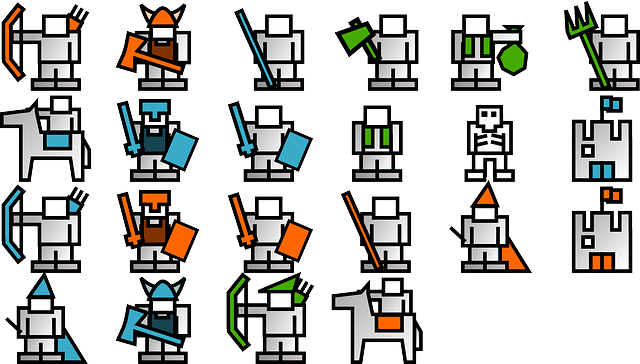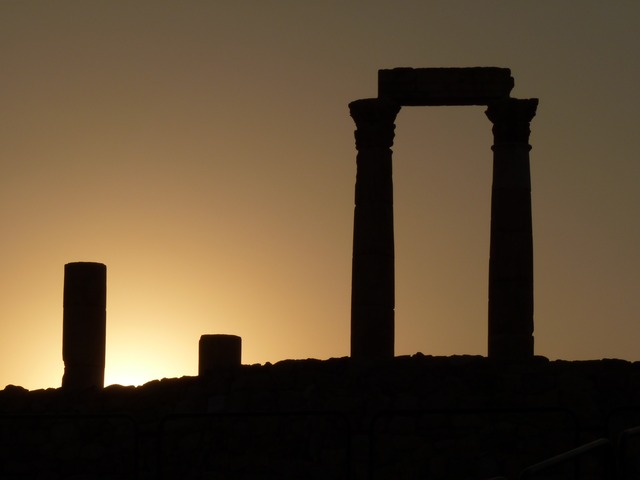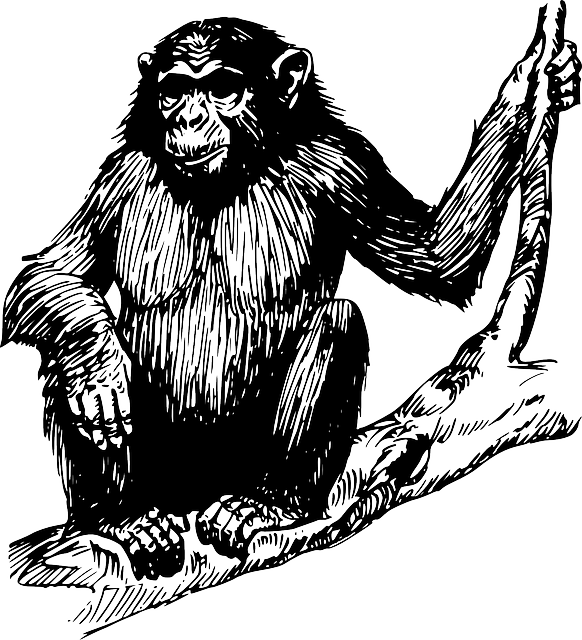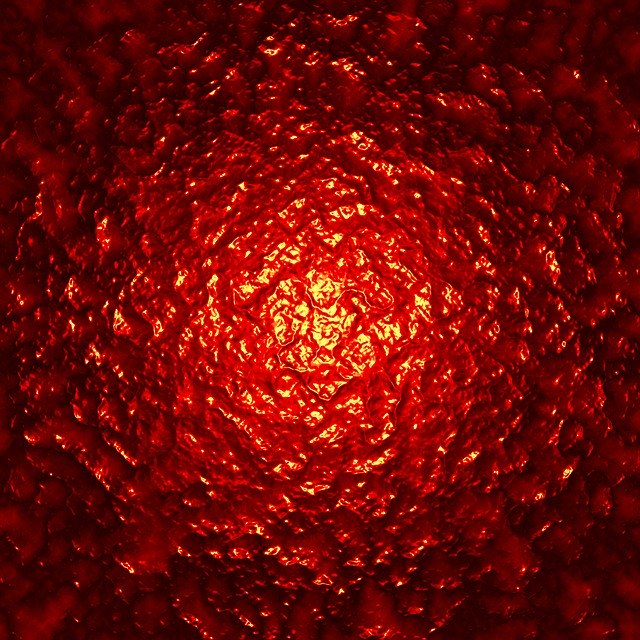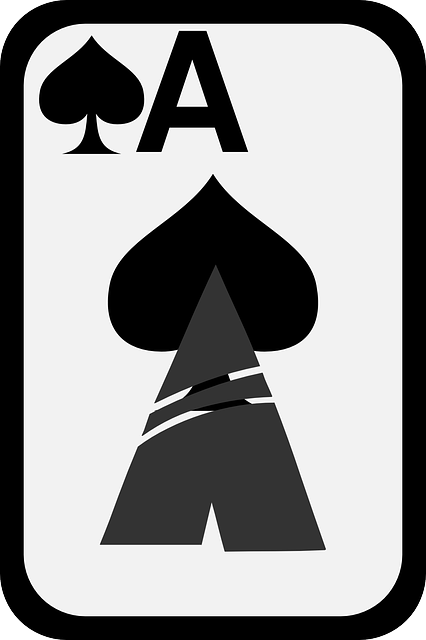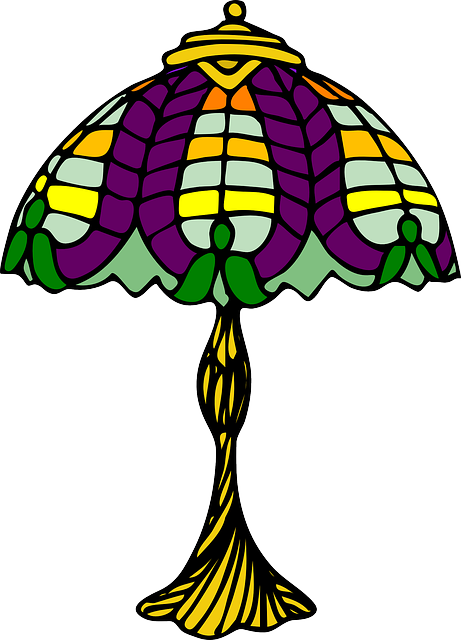ين ويانگ
| Yin and yang | |||||||||||||||||||||||||||
|---|---|---|---|---|---|---|---|---|---|---|---|---|---|---|---|---|---|---|---|---|---|---|---|---|---|---|---|
| "Yin-yang" in seal script (top), Traditional (middle), and Simplified (bottom) Chinese characters | |||||||||||||||||||||||||||
| اسم صيني | |||||||||||||||||||||||||||
| صينية تقليدية | 陰陽 | ||||||||||||||||||||||||||
| صينية مبسطة | 阴阳 | ||||||||||||||||||||||||||
| المعني الحرفي | "dark-bright" | ||||||||||||||||||||||||||
| |||||||||||||||||||||||||||
| اسم ياباني | |||||||||||||||||||||||||||
| كانجي | 陰陽 | ||||||||||||||||||||||||||
| هيراگانا | いんよう, おんよう, おんみょう | ||||||||||||||||||||||||||
| |||||||||||||||||||||||||||
| اسم كوري | |||||||||||||||||||||||||||
| هانگول | 음양 | ||||||||||||||||||||||||||
| هانجا | 陰陽 | ||||||||||||||||||||||||||
| |||||||||||||||||||||||||||
| اسم ڤيتنامي | |||||||||||||||||||||||||||
| الڤيتنامية | Âm dương | ||||||||||||||||||||||||||
| Hán-Nôm | 陰陽 | ||||||||||||||||||||||||||
| جزء من عن |
| الطاوية |
|---|
|
النظريات
|
|
المناسك
|
|
النصوص
|
|
الآلهة
|
|
أشخاص
|
|
المدارس
|
|
الأماكن المقدسة
|
|
المنظمات
|
| جزء من سلسلة عن |
| الديانة الشعبية الصينية |
|---|
|
المفاهيم
|
|
النظرية
الإنسانية النموذجية:
|
|
الممارسات
|
|
المؤسسات والمعابد
|
|
مهرجانات
|
|
تنطقيد داخلية
الأشكال الثقافية الرئيسية
التنطقيد الفلسفية الرئيسية:
تنطقيد طقسية:
تنطقيد تعبدية:
Salvation churches and sects:
الكنائس والطوائف الكونفوشيوسية:
|
|
ديانات متعلقة
|
| بوابة الديانة الشعبية الصينية |
في الفلسفة الصينية، ين ويانگ ( // و //؛ صينية: 陰陽 yīnyáng، وتعني حرفياً "داكن-زاهي"، "سالب-موجب"؛ بالإنگليزية: yin and yang) هومفهوم dualism in ancient Chinese philosophy, describing how seemingly opposite or contrary forces may actually be complementary, interconnected, and interdependent in the natural world, and how they may give rise to each other as they interrelate to one another. In Chinese cosmology, the universe creates itself out of a primary chaos of material energy, organized into the cycles of Yin and Yang and formed into objects and lives. Yin is the receptive and Yang the active principle, seen in all forms of change and difference such as the annual cycle (winter and summer), the landscape (north-facing shade and south-facing brightness), sexual coupling (female and male), the formation of both men and women as characters, and sociopolitical history (disorder and order).
There are various dynamics in Chinese cosmology. In the cosmology pertaining to Yin and Yang, the material energy, which this universe has created itself out of, is also referred to as qi. It is believed that the organization of qi in this cosmology of Yin and Yang has formed many things. Included among these forms are humans. Many natural dualities (such as light and dark, fire and water, expanding and contracting) are thought of as physical manifestations of the duality symbolized by yin and yang. This duality lies at the origins of many branches of classical Chinese science and philosophy, as well as being a primary guideline of traditional Chinese medicine, and a central principle of different forms of Chinese martial arts and exercise, such as baguazhang, taijiquan (t'ai chi), and qigong (Chi Kung), as well as appearing in the pages of the I Ching.
The notion of a duality can be found in many areas, such as Communities of Practice. The term "dualistic-monism" or dialectical monism has been coined in an attempt to express this fruitful paradox of simultaneous unity and duality. Yin and yang can be thought of as complementary (rather than opposing) forces that interact to form a dynamic system in which the whole is greater than the assembled parts. According to this philosophy, everything has both yin and yang aspects (for instance, shadow cannot exist without light). Either of the two major aspects may manifest more strongly in a particular object, depending on the criterion of the observation. The yin yang (i.e. taijitu symbol) shows a balance between two opposites with a portion of the opposite element in each section.
In Taoist metaphysics, distinctions between good and bad, along with other dichotomous moral judgments, are perceptual, not real; so, the duality of yin and yang is an indivisible whole. In the ethics of Confucianism on the other hand, most notably in the philosophy of Dong Zhongshu (ح. 2nd century BC), a moral dimension is attached to the idea of yin and yang.
نواحي لغوية
These Chinese terms yin 陰 or 阴 "shady side" and yang 陽 or 阳 "sunny side" are linguistically analyzable in terms of Chinese characters, pronunciations and etymology, meanings, topography, and loanwords.
الحروف
The Traditional Chinese characters 陰 and 陽 for the words yīn and yáng are both classified as radical-phonetic characters, combining the semantically significant "mound; hill" radical 阝 or 阜 with the phonetic indicators ying 侌 and yang 昜. The first phonetic yīn 侌 "cloudy" ideographically combines jīn 今 "now; present" and yún 云 "cloud", denoting the "今 presence of 云 clouds". The second phonetic yáng 昜 "bright" originally pictured 日 the "sun" with 勿 "rays coming down". This phonetic is expanded with the "sun" radical into yáng 暘 "rising sun; sunshine". The "mound; hill" radical 阝full forms semantically specify yīn 陰 "shady/dark side of a hill" and yáng 陽 "sunny/light side of a hill".
The Simplified Chinese characters 阴 and 阳 for yīn and yáng combine the same "hill" radical 阝 with the non-phonetic yuè 月 "moon" and rì 日 "sun", graphically denoting "shady side of a hill" and "sunny side of a hill". Compare the Classical Chinese names (which contain tài 太 "great") for these two heavenly bodies: Tàiyīn 太陰 "moon" and Tàiyáng 太陽 "sun".
النطق وأصول الحدثتين
The Modern Standard Chinese pronunciation of 陰 or 阴 is usually level first tone yīn "shady; cloudy" or sometimes falling fourth tone yìn "to shelter; shade", and 陽 or 阳 "sunny" is always pronounced with rising second tone yáng.
Sinologists and historical linguists have reconstructed Middle Chinese pronunciations from data in the (7th century CE) Qieyun rhyme dictionary and later rhyme tables, which was subsequently used to reconstruct Old Chinese phonology from rhymes in the (11th-7th centuries BCE) Shijing and phonological components of Chinese characters. Reconstructions of Old Chinese have illuminated the etymology of modern Chinese words.
Compare these Middle Chinese and Old Chinese (with asterisk) reconstructions of yīn 陰 and yáng 陽:
- ˑiəm < *ˑiəm and iang < *diang (Bernhard Karlgren)
- *ʔjəm and *raŋ (Li Fang-Kuei)
- ʔ(r)jum and *ljang (William H. Baxter)
- ʔjəm < *ʔəm and jiaŋ < *laŋ (Axel Schuessler)
- 'im < *qrum and yang < *laŋ (William H. Baxter and Laurent Sagart)
Schuessler gives probable Sino-Tibetan etymologies for both Chinese words.
Yin < *ʔəm compares with Burmese ʔumC "overcast; cloudy", Adi muk-jum "shade", and Lepcha so'yǔm "shade"; and is probably cognate with Chinese àn < *ʔə̂mʔ 黯 "dim; gloomy" and qīn < *khəm 衾 "blanket".
Yang < *laŋ compares with Lepcha a-lóŋ "reflecting light", Burmese laŋB "be bright" and ə-laŋB "light"; and is perhaps cognate with Chinese chāng < *k-hlaŋ 昌 "prosperous; bright" (compare areal words like Tai plaŋA1 "bright" & Proto-Viet-Muong hlaŋB). To this word-family, Unger (Hao-ku, 1986:34) also includes 炳 bǐng < *pl(j)aŋʔ "bright"; however Schuessler reconstructs 炳's Old Chinese pronunciation as *braŋʔ and includes it in an Austroasiatic word family, besides 亮 liàng < *raŋh 爽 shuǎng < *sraŋʔ "twilight (of dawn)"; míng < mraŋ 明 "bright, become light, enlighten"; owing to "the different OC initial consonant which seems to have no recognizable OC morphological function".
المعاني
ين ويانگ are semantically complex words.
John DeFrancis's Chinese-English dictionary gives the following translation equivalents.
Yin 陰 or 阴 Noun ① [philosophy] negative/passive/female principle in nature ② Surname Bound morpheme ① the moon ② shaded orientation ③ covert; concealed; hidden ④ ⑦ negative ⑧ north side of a hill ⑨ south bank of a river ⑩ reverse side of a stele ⑪in intaglio Stative verb ① overcast
Yang 陽 or 阳 Bound morpheme ① [Chinese philosophy] positive/active/male principle in nature ②the sun ④ in relief ⑤ open; overt ⑥ belonging to this world ⑦ [linguistics] masculine ⑧ south side of a hill ⑨ north bank of a river
The compound yinyang 陰陽 or 阴阳 means "yin and yang; opposites; ancient Chinese astronomy; occult arts; astrologer; geomancer; etc.".
The sinologist Rolf Stein etymologically translates Chinese yin 陰 "shady side (of a mountain)" and yang 陽 "sunny side (of a mountain)" with the uncommon English geographic terms ubac "shady side of a mountain" and adret "sunny side of a mountain" (which are of French origin).
Toponymy
Many Chinese place names or toponyms contain the word yang "sunny side" and a few contain yin "shady side". In China, as elsewhere in the Northern Hemisphere, sunlight comes predominantly from the south, and thus the south face of a mountain or the north bank of a river will receive more direct sunlight than the opposite side.
Yang refers to the "south side of a hill" in Hengyang 衡陽, which is south of Mount Heng 衡山 in Hunan province, and to the "north bank of a river" in Luoyang 洛陽, which is located north of the Luo River 洛河 in Henan.
Similarly, yin refers to "north side of a hill" in Huayin 華陰, which is north of Mount Hua 華山 in Shaanxi province.
In Japan, the characters are used in western Honshu to delineate the north-side San'in region 山陰 from the south-side San'yō region 山陽, separated by the Chūgoku Mountains 中国山地.
التاريخ
Needham discusses Yin and Yang together with Five Elements as part of the School of Naturalists. He says that it would be proper to begin with Yin and Yang before Five Elements because the former: "lay, as it were, at a deeper level in Nature, and were the most ultimate principles of which the ancient Chinese could conceive. But it so happens that we know a good deal more about the historical origin of the Five-Element theory than about that of the Yin and the Yang, and it will therefore be more convenient to deal with it first." He then discusses Zou Yan (鄒衍; 305 – 240 BC) who is most associated with these theories. Although Yin and Yang are not mentioned in any of the surviving documents of Zou Yan, his school was known as the Yin Yang Jia (Yin and Yang School) Needham concludes "There can be very little doubt that the philosophical use of the terms began about the beginning of the -4th century, and that the passages in older texts which mention this use are interpolations made later than that time."
أدوار الجنوسة الصينية
In spite of being used in a modern context to justify egalitarianism under the notion of both yin and yang being "necessary", in practise the concept of yin and yang has led to justification for China's patriarchal history. Particularly under Confucianism, yang (as the sun principle) is considered superior to "yin" (the dark principle), hence men are afforded rulership positions whereas women are not unless, under some remarkable circumstances, they possess sufficient yang.
The notion of yin and yang has led to the persecution and extinction of Asian sun goddess cults outside of Korea and Japan.[]
الطبيعة
In Daoist philosophy, dark and light, yin and yang, arrive in the Tao Te Ching at chapter 42. It becomes sensible from an initial quiescence or emptiness (wuji, sometimes symbolized by an empty circle), and continues moving until quiescence is reached again. For instance, dropping a stone in a calm pool of water will simultaneously raise waves and lower troughs between them, and this alternation of high and low points in the water will radiate outward until the movement dissipates and the pool is calm once more. Yin and yang thus are always opposite and equal qualities. Further, whenever one quality reaches its peak, it will naturally begin to transform into the opposite quality: for example, grain that reaches its full height in summer (fully yang) will produce seeds and die back in winter (fully yin) in an endless cycle.
It is impossible to talk about yin or yang without some reference to the opposite, since yin and yang are bound together as parts of a mutual whole (for example, there cannot be the bottom of the foot without the top). A way to illustrate this idea is[] to postulate the notion of a race with only men or only women; this race would disappear in a single generation. Yet, men and women together create new generations that allow the race they mutually create (and mutually come from) to survive. The interaction of the two gives birth to things, like manhood. Yin and yang transform each other: like an undertow in the ocean, every advance is complemented by a retreat, and every rise transforms into a fall. Thus, a seed will sprout from the earth and grow upwards towards the sky — an intrinsically yang movement. Then, when it reaches its full potential height, it will fall. Also, the growth of the top seeks light, while roots grow in darkness.
Certain catchphrases have been used to express yin and yang complementarity:
- The bigger the front, the bigger the back.
- Illness is the doorway to health.
- Tragedy turns to comedy.
- Disasters turn out to be blessings.
الرمزية والأهمية
Yin is the black side with the white dot in it, and yang is the white side with the black dot in it. The relationship between yin and yang is often described in terms of sunlight playing over a mountain and a valley. Yin (literally the 'shady place' or 'north slope') is the dark area occluded by the mountain's bulk, while yang (literally the "sunny place' or "south slope") is the brightly lit portion. As the sun moves across the sky, yin and yang gradually trade places with each other, revealing what was obscured and obscuring what was revealed.
Yin is characterized as slow, soft, yielding, diffuse, cold, wet, and passive; and is associated with water, earth, the moon, femininity, and night time.
Yang, by contrast, is fast, hard, solid, focused, hot, dry, and active; and is associated with fire, sky, the sun, masculinity and daytime.
Yin and yang also applies to the human body. In traditional Chinese medicine good health is directly related to the balance between yin and yang qualities within oneself. If yin and yang become unbalanced, one of the qualities is considered deficient or has vacuity.
إي تشينگ
In the I Ching, originally a divination manual of the Western Zhou period (c. 1000–750 BC), yin and yang are represented by broken and solid lines: yin is broken (⚋) and yang is solid (⚊). These are then combined into trigrams, which are more yang (e.g. ☱) or more yin (e.g. ☵) depending on the number of broken and solid lines (e.g., ☰ is heavily yang, while ☷ is heavily yin), and trigrams are combined into hexagrams (e.g. ䷕ and ䷟). The relative positions and numbers of yin and yang lines within the trigrams determines the meaning of a trigram, and in hexagrams the upper trigram is considered yang with respect to the lower trigram, yin, which allows for complex depictions of interrelations.
Taijitu
The principle of yin and yang is represented by the Taijitu (literally "Diagram of the Supreme Ultimate"). The term is commonly used to mean the simple "divided circle" form, but may refer to any of several schematic diagrams representing these principles, such as the swastika, common to Hinduism, Buddhism, and Jainism. Similar symbols have also appeared in other cultures, such as in Celtic art and Roman shield markings.
Taijiquan
Taijiquan (Chinese: 太极拳), a form of martial art, is often described as the principles of yin and yang applied to the human body and an animal body. Wu Jianquan, a famous Chinese martial arts teacher, described Taijiquan as follows:
Various people have offered different explanations for the name Taijiquan. Some have said: – 'In terms of self-cultivation, one must train from a state of movement towards a state of stillness. Taiji comes about through the balance of yin and yang. In terms of the art of attack and defense then, in the context of the changes of full and empty, one is constantly internally latent, to not outwardly expressive, as if the yin and yang of Taiji have not yet divided apart.' Others say: 'Every movement of Taijiquan is based on circles, just like the shape of a Taijitu. Therefore, it is called Taijiquan.
— Wu Jianquan, The International Magazine of T’ai Chi Ch’uan
انظر أيضاً
- Dualistic cosmology
- فهم التبت
- فوشي
- Gankyil
- Huangdi Neijing
- Ometeotl
- Onmyōdō
- Taegeuk
- T'ai chi ch'uan
- Tomoe
- Zhuangzi
- Enantiodromia
المراجع
الهامش
- ^ "The hidden meanings of yin and yang - John Bellaimey". TED-Ed. Retrieved 2013-08-02.
- ^ Feuchtwang, Stephan (2016). Religions in the Modern World: Traditions and Transformations. New York: Routledge. p. 150. ISBN .
- ^ Feuchtwang, Sephan. “Chinese Religions.” Religions in the Modern World: Traditions and Transformations, Third ed., Routledge, 2016, pp. 150-151.
- ^ Porkert (1974). . MIT Press. ISBN .
- ^ Georges Ohsawa (1976). . ISBN – via Google Books.
- ^ Taylor Latener, Rodney Leon (2005). The Illustrated Encyclopedia of Confucianism. 2. New York: Rosen Publishing Group. p. 869. ISBN .
- ^ Bernhard Karlgren, Analytic Dictionary of Chinese and Sino-Japanese, Paul Geunthner, 1923, p. 104.
- ^ Wenlin, version 4.1.1, 2012, n.p.
- ^ Bernhard Karlgren, Grammata Serica Recensa, Museum of Far Eastern Antiquities, 1957, 173, 188.
- ^ Li, Fang-Kuei, "Studies on Archaic Chinese", translated by Gilbert L. Mattos, Monumenta Serica 31, 1974:219–287.
- ^ William H. Baxter, A Handbook of Old Chinese Phonology, Mouton de Gruyter ,1992.
- ^ Schuessler, Axel, ABC Etymological Dictionary of Old Chinese, University of Hawaii Press, 2007, 558, 572.
- ^ Baxter & Sagart (2014), pp. 326-378.
- ^ Schuessler, Axel, ABC Etymological Dictionary of Old Chinese, University of Hawaii Press, 2007. p. 168, 180, 558.
- ^ John DeFrancis, ed., ABC Chinese-English Comprehensive Dictionary, University of Hawaii Press, 2003, 1147, 1108.
- ^ Rolf Stein (2010), Rolf Stein's Tibetica Antiqua: With Additional Materials, Brill, p. 63.
- ^ Needham, Joseph; Science and Civilization in China Vol.2: History of Scientific Thought; Cambridge University Press; 1956
- ^ Needham, Joseph; Science and Civilization in China Vol.2: History of Scientific Thought; Cambridge University Press; 1956.
- ^ [1]
- ^ Jacques H. Kamstra, Encounter Or Syncretism: The Initial Growth of Japanese Buddhism
- ^ Muller, Charles. "Daode Jing". Retrieved 2018-03-09.
- ^ Robin R. Wang "Yinyang (Yin-yang)". Internet Encyclopedia of Philosophy. Retrieved 2018-03-09.
- ^ Nyoiti Sakurazawa & William Dufty (1965) You Are All Sanpaku, page 33
- ^ Osgood, Charles E. "From Yang and Yin to and or but." Language 49.2 (1973): 380–412 . JSTOR
- ^ Li CL. A brief outline of Chinese medical history with particular reference to acupuncture. Perspect Biol Med. 1974 Autumn;18(1):132-43.
- ^ The text of the I Ching has its origins in a Western Zhou divination text called the Changes of Zhou (周易 Zhōu yì). Various modern scholars suggest dates ranging between the 10th and 4th centuries BC for the assembly of the text in approximately its current form. Nylan, Michael (2001), The Five "Confucian" Classics (2001), p. 228.
- ^ Giovanni Monastra: "The "Yin–Yang" among the Insignia of the Roman Empire? Archived 2011-09-25 at the Wayback Machine.," "Sophia," Vol. 6, No. 2 (2000)
- ^ "Late Roman Shield Patterns - Magister Peditum". www.ne.jp.
- ^ Helmut Nickel: "The Dragon and the Pearl," Metropolitan Museum Journal, Vol. 26 (1991), p. 146, Fn. 5
- ^ Woolidge, Doug (June 1997). "T'AI CHI The International Magazine of T'ai Chi Ch'uan Vol. 21 No. 3". Wayfarer Publications. ISSN 0730-1049.
أعمال مذكورة
- Baxter, William H.; Sagart, Laurent (2014). Old Chinese: A New Reconstruction. Oxford: Oxford University Press. ISBN .
وصلات خارجية
| مشاع الفهم فيه ميديا متعلقة بموضوع Yin Yang. |
قاموس الفهم.
- Yin Yang meaning in Chinese educational video.
- Yin and Yang, goldenelixir.com
- "Precelestial and Postcelestial Yin and Yang", by Liu Yiming (1734–1821)
نطقب:Traditional Chinese medicine


